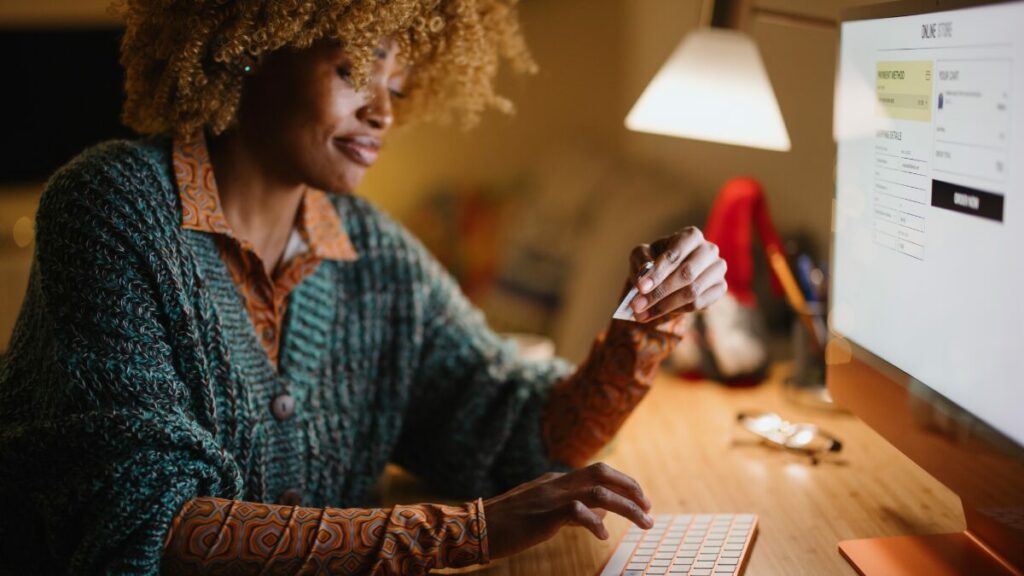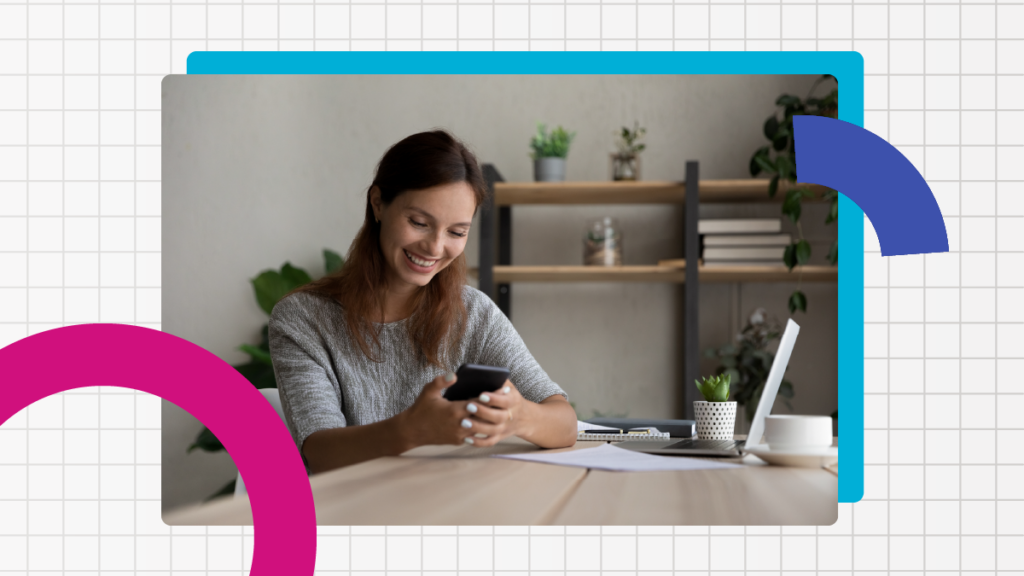4 ways to create personalized customer experiences

In today’s highly competitive digital landscape, personalized customer experiences are no longer a luxury; they are a necessity. Customers expect brands to understand their unique needs and preferences and tailor their interactions accordingly throughout the customer journey. Personalization helps companies build stronger relationships, increase customer loyalty, and drive revenue growth.
How to create a personalized customer experience
Here are 4 effective ways to create personalized customer experiences that set your brand apart from the competition:
Welcome message
Welcome messages are essential components of a successful customer experience strategy. They set the stage for a positive and long-lasting relationship between a brand and its audience. When tailored to the individual needs and preferences of the customer, welcome messages can create a highly personalized customer experience that leaves a lasting impression.
Any honest store clerk who wants to make a sale goes out of their way to welcome each shopper with a friendly hello. They may even greet a returning customer by their name or inform them that the items they browsed last week are on sale now.
Ecommerce stores can take a leaf out of the successful store clerk’s book and display a personalized welcome message to their online visitors. For new visitors to your site, the lack of behavioral data doesn’t mean you can’t give them a personalized greeting. Famous Outfits starts the customer journey off with a welcome pop-up tailored to the visitor’s referring traffic source.

For returning visitors who didn’t make a purchase, use a popover to remind them of their last-viewed product. Shoppers will appreciate the gesture, as they don’t have to remember what they searched for last time. Include an image of the product and make it clear why the popover appears. This example from Cottages.com helps returning customers without obscuring the rest of the information on the page.

Navigation bar
Your website’s navigation bar is often the first touchpoint your visitors interact with to guide them to specific products or categories. So it’s crucial to ensure your navigation bar is both helpful and engaging. An uninspiring or frustrating navigation experience could result in site abandonment and high bounce rates.
Make the most of your drop-down space by adding dynamic content that showcases product recommendations, special offers, and more. This approach kickstarts the personalized customer experience, helping visitors discover the best your website has to offer. Space NK showcases new arrivals in their ‘New In’ category, providing shoppers with real-time pricing information alongside each product.
By recommending your latest products, you generate excitement shopping. This strategy is particularly impactful in sectors driven by fast-moving trends, such as fashion and beauty. For returning customers, you can tailor the highlighted products based on their preferred categories. This will personalize their experience and increase the relevance of the recommendations.

Product recommendations
Offering product recommendations is a tactic as old as retail itself. The successful store clerk who welcomes everyone to their shop will also look for opportunities to cross sell and up-sell by pointing out a shirt that complements the shopper’s jeans or suggesting the best brand of bird seed for the customer’s pet parrot.
Ecommerce is no different. Product recommendations are a proven conversion booster for online stores and can generate sales uplifts of up to 11%. For new visitors to your site where you don’t have any past purchases or behavioral data to judge by, show them trending products and bestsellers. Without the ability to try on, touch, and see products in the flesh, customers are more likely to be swayed by other shoppers’ opinions.
You can also use your visitors’ browsing data to personalize the customer experience as they shop. Killstar’s real-time homepage banners change once a shopper has browsed a handful of products, recommending products for males or females depending on what the shopper has browsed. Killstar keeps new shoppers engaged by showing them products that spark their interest. This is despite not having historical purchase data.
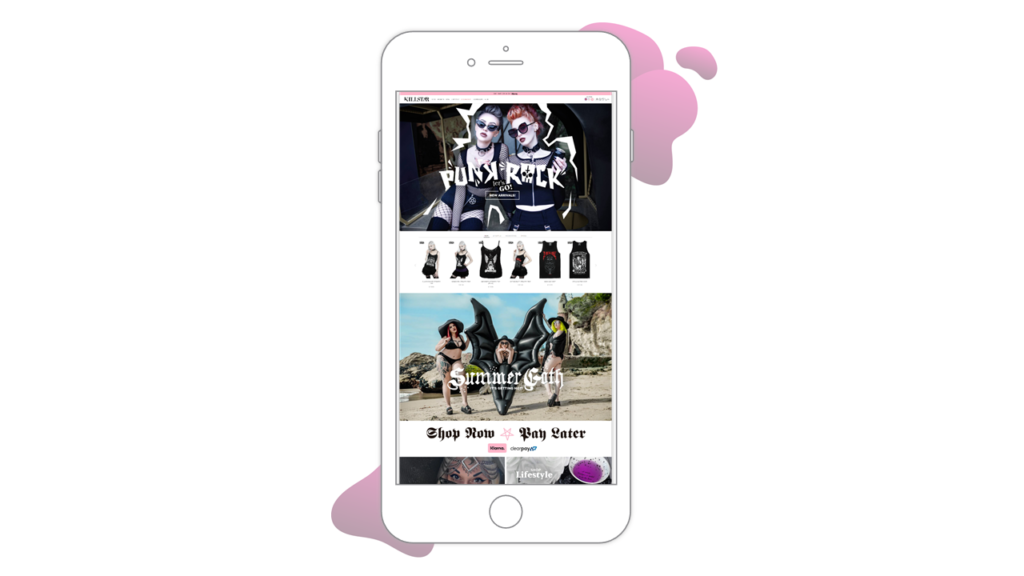
For returning visitors and customers, harness the power of familiarity and suggest products that this individual shopper has browsed or purchased frequently. This is a great option for newsletters where it’s appropriate to show a mix of different product types. Timeout uses an email newsletter to remind customers about products and experiences they are already interested in based on their previous browsing behavior.
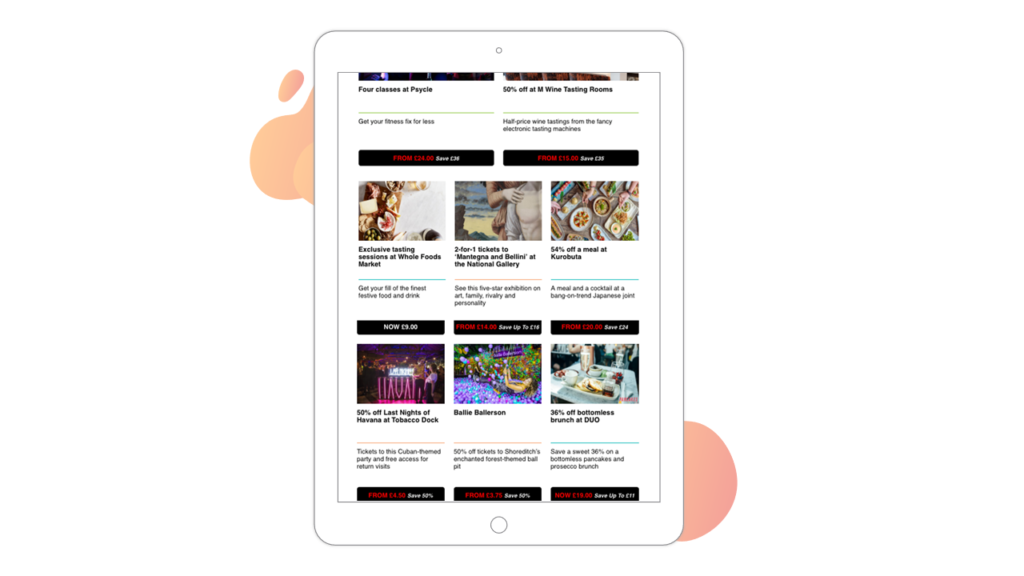
Triggered emails
The most effective customer experiences are intuitive, reaching customers at the right time with personalized content that addresses their needs and interests. Triggered emails are a prime example of this, as they deliver timely and relevant content based on specific customer actions or behaviors. Marketers are empowered to treat customers as individuals by sending messages linked directly to their shopping behavior. 2 in 5 shoppers would consider not shopping with a retailer that emailed them every day with irrelevant information, making triggered emails all the more important.
Cart abandonment emails are perhaps the most well-known examples of triggered emails, and for good reason. Along with browse abandonment emails, they’re a proven revenue booster. This email can include a reminder of the items left behind and personalized incentives such as discounts or free shipping. By reminding customers of their interest and providing incentives, these emails can help recover potentially lost sales and re-engage customers.
The average Fresh Relevance client doing cart and browse abandonment emails sees a 12% sales uplift. Rip Curl jogs shoppers’ memories with cart abandonment emails by including product images, descriptions, and prices. This helps shoppers recall the items they added to their cart. This tactic has paid off for Rip Curl, as they’ve seen a 10.3% sales uplift from their abandonment emails.
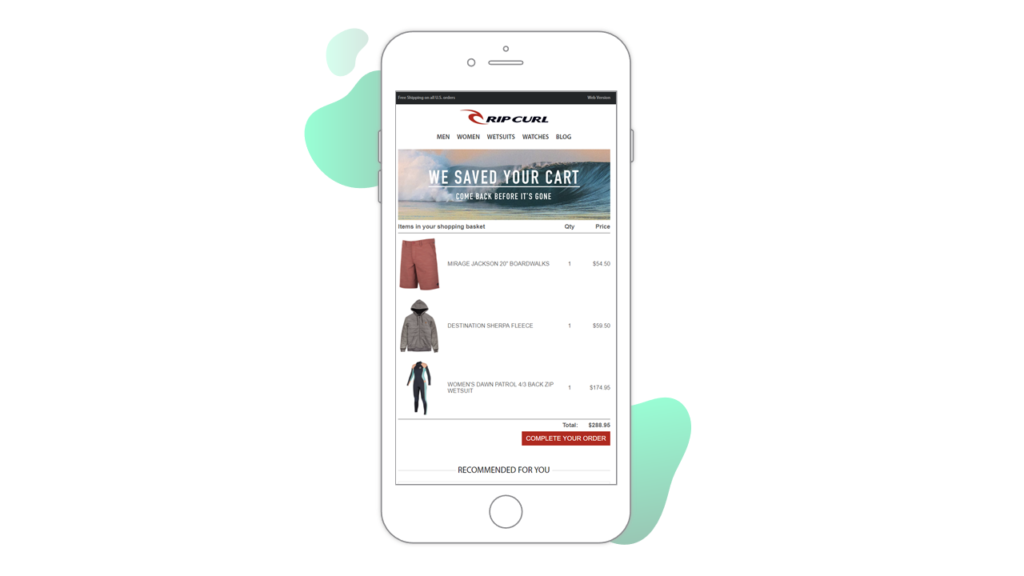
Another way to personalize the customer experience is with price drop emails. This is a triggered email that lets everyone who has shown interest in the product know that it just got cheaper. These emails encourage price-conscious shoppers and increase loyalty by providing useful information.
With sales lifts for this specific type of alert averaging 3%, this is a triggered email tactic worth trying. Details of the browsed item should be included in the email to remind the shopper of what they looked at. This will make the offer more compelling, as Country Attire does in this example.
Back in stock and replenishment emails are another effective way to use triggered emails to personalize the customer experience and add value for your shoppers. By analyzing customer data, such as previous purchase dates, you can send personalized reminders when it’s time for a refill or when something is back-in-stock.

These emails provide convenience to customers but also strengthen loyalty and encourage repeat purchases. As consumers are faced with more choices than ever, providing a personalized customer experience could be the difference between converting a shopper into a customer. This could mean losing out to your competitors.
Elevate your customer experience
In a competitive market where customers have numerous choices, creating a personalized experience is key to standing out. By implementing these tactics, brands can demonstrate their commitment to understanding and meeting their customers’ unique needs.
Personalization not only helps build stronger relationships and increase customer loyalty but also drives revenue growth. Brands that prioritize personalization will differentiate themselves from the competition and create a lasting impact on their customers, ultimately leading to company success.

